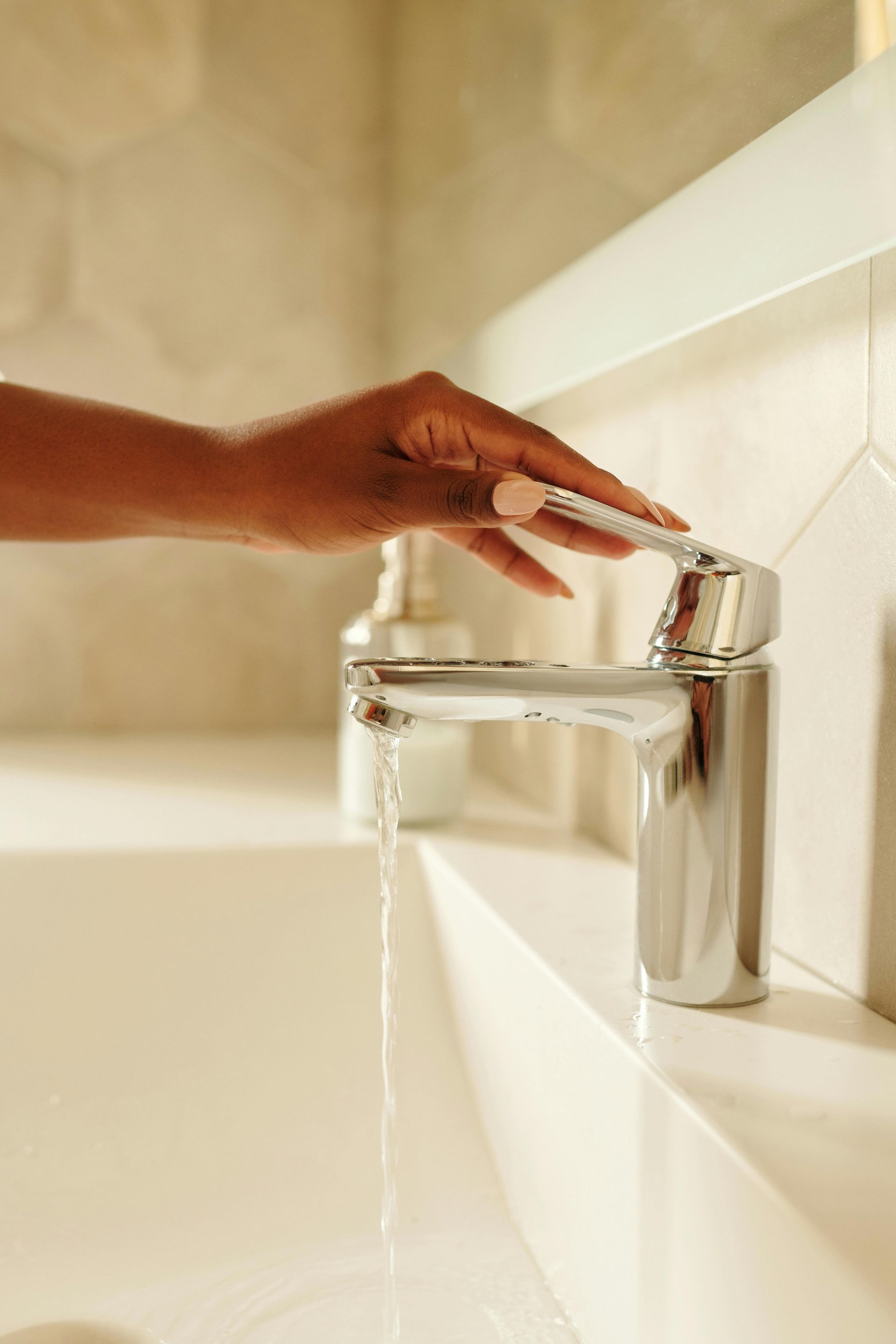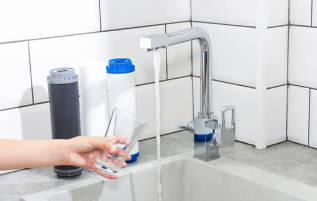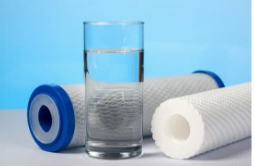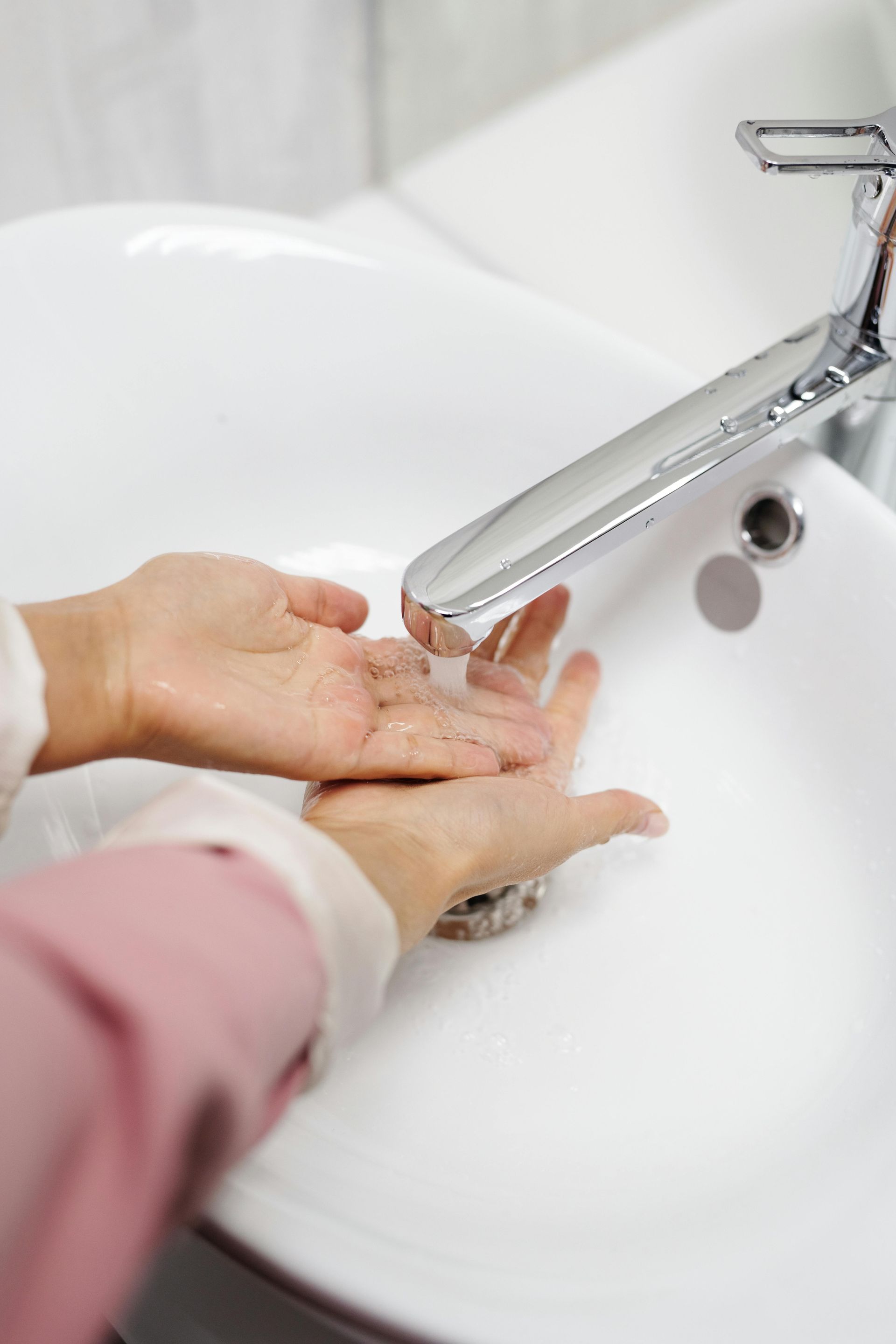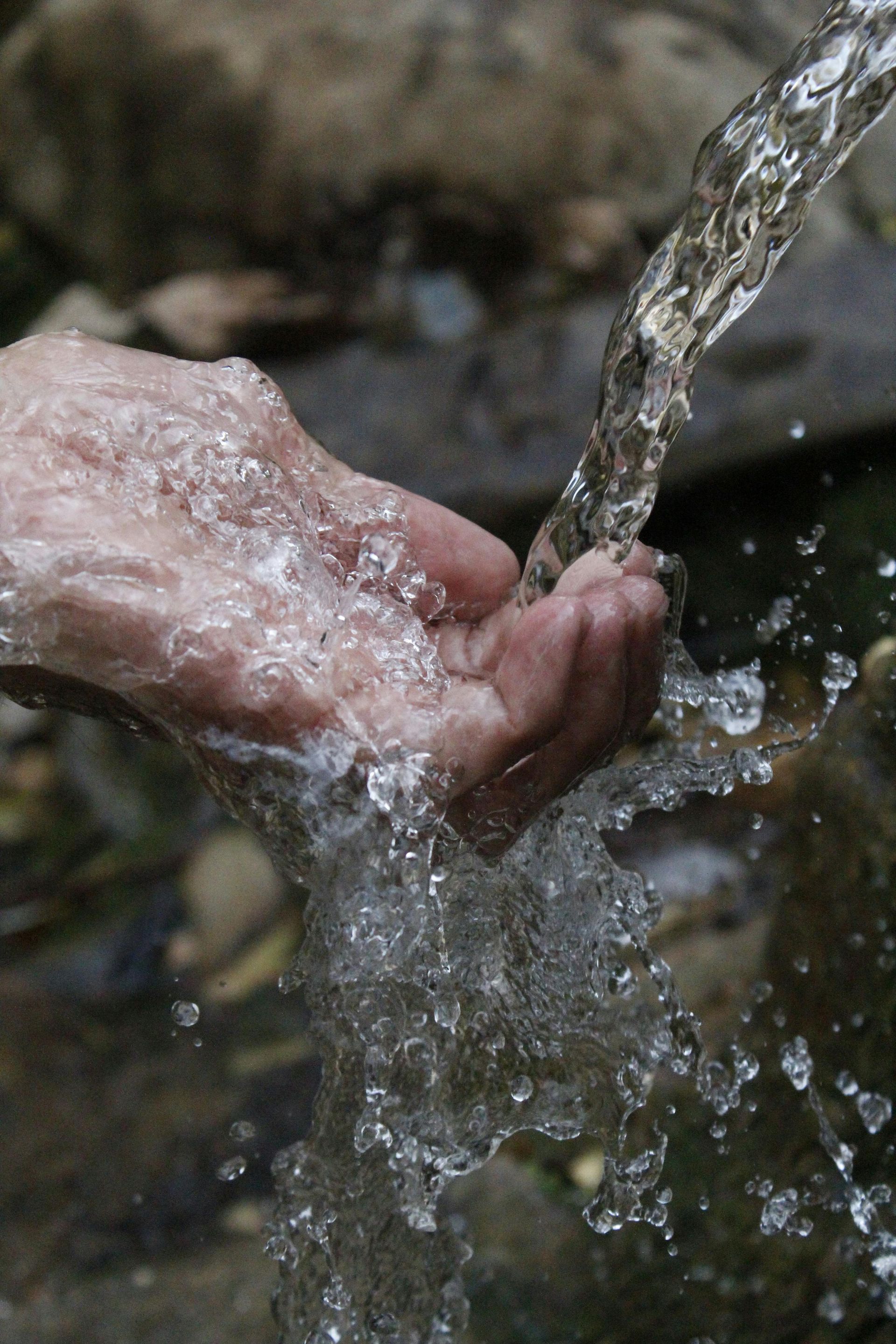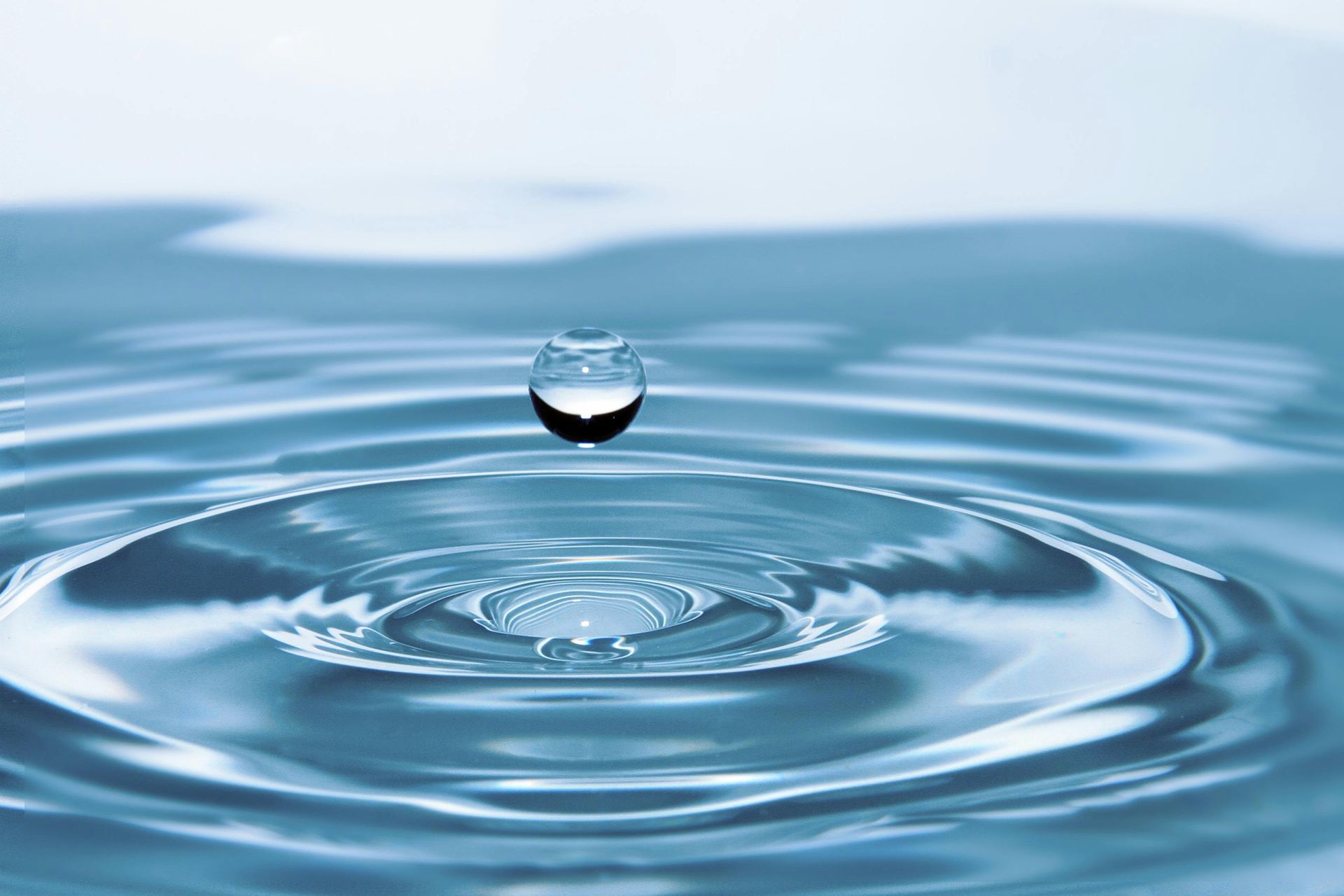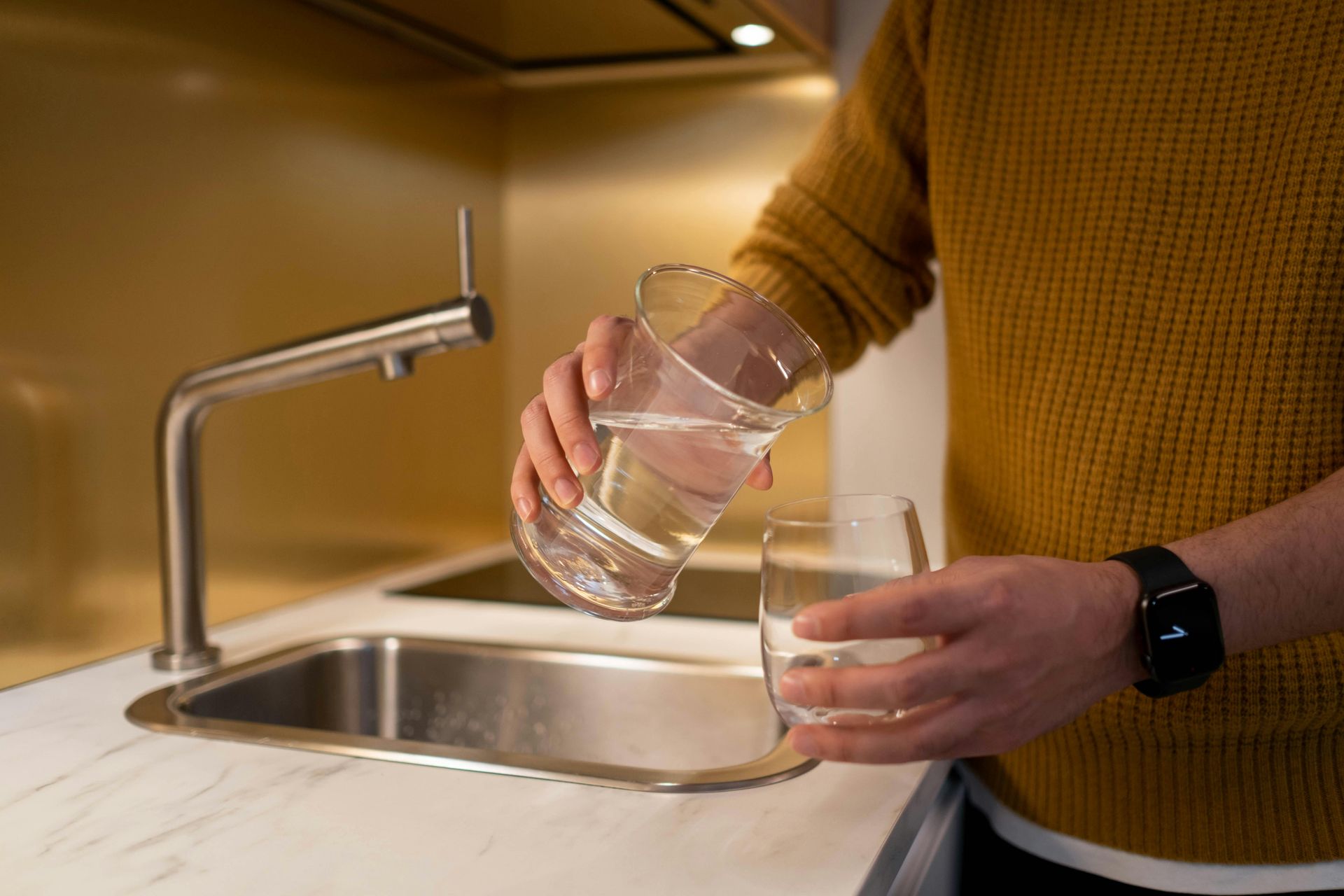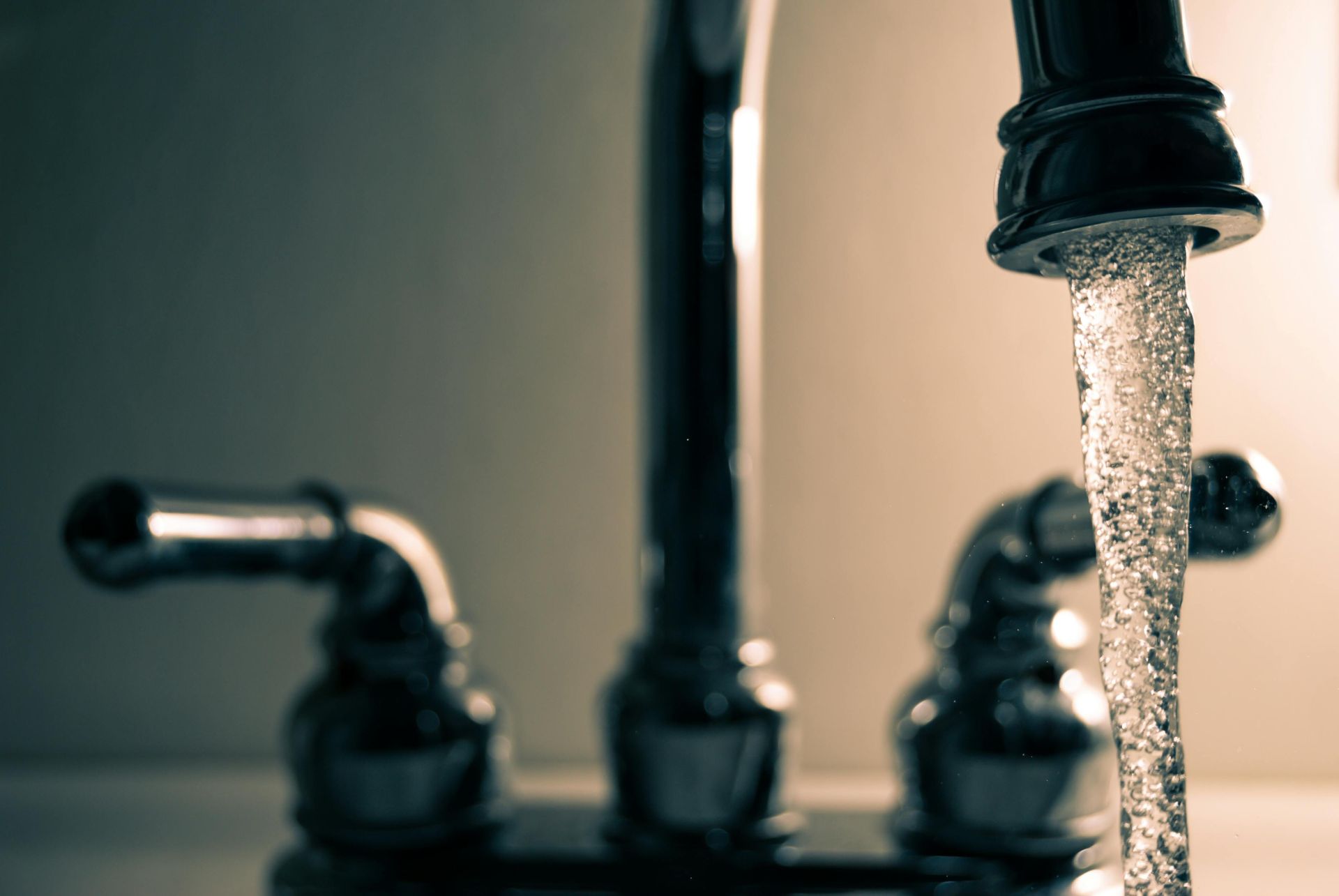What is the best filtration method for microplastics?
Best Methods To Remove Microplastics

As the concern over microplastics in drinking water continues to grow, finding the most effective filtration method is essential for safeguarding our health and environment. In this article, we will explore various filtration methods and help you identify the best option for tackling the pervasive issue of microplastics in your drinking water.
Understanding the Challenge
Microplastics, those minuscule plastic particles measuring less than 5mm, have infiltrated our water supply from various sources. These particles pose potential health risks and environmental threats, emphasising the need for robust filtration solutions.
Types of Filtration Methods
Several filtration methods can be employed to remove microplastics from drinking water, each with its own set of advantages and limitations. Below, we will discuss some of the best options for water filtration as well as the pros and cons of each method.
Activated Carbon Filters
- Advantages: Activated carbon filters are readily available, affordable, and can effectively remove microplastics through adsorption.
- Limitations: While excellent at capturing larger microplastics, they may be less effective at removing smaller particles.
Reverse Osmosis (RO) Systems
- Advantages: RO systems use a semi-permeable membrane to block microplastics, ensuring a high removal rate.
- Limitations: These systems can be expensive to install and maintain, and they may produce wastewater during the filtration process.
Ultrafiltration (UF)
- Advantages: UF employs a membrane to mechanically remove microplastics, offering excellent filtration capabilities.
- Limitations: UF systems may require periodic membrane replacement, adding to maintenance costs.
Nanotechnology Filters
- Advantages: Emerging nanotechnology-based filters can capture even smaller particles, including nanoparticles.
- Limitations: These advanced filters are still in development and may not be widely available.
Multi-Stage Filtration
- Advantages: Combining various filtration methods in a multi-stage system can provide comprehensive microplastic removal.
- Limitations: Multi-stage systems can be more complex and expensive, but they offer versatility in addressing multiple contaminants.
Selecting the best filtration method to combat microplastics in drinking water is a crucial decision that depends on your unique circumstances. Whether you opt for activated carbon filters, reverse osmosis, ultrafiltration, nanotechnology filters, or a combination of methods, the goal is to ensure the removal of microplastics from your water supply. Prioritise your health, budget, and environmental concerns when making this important choice, and remember that any effort to reduce microplastics in drinking water is a step in the right direction for a cleaner and safer future.


